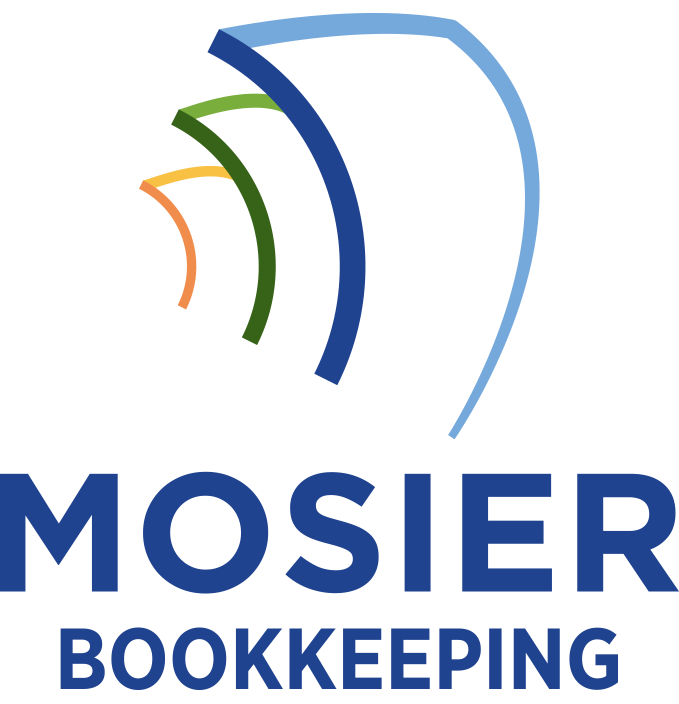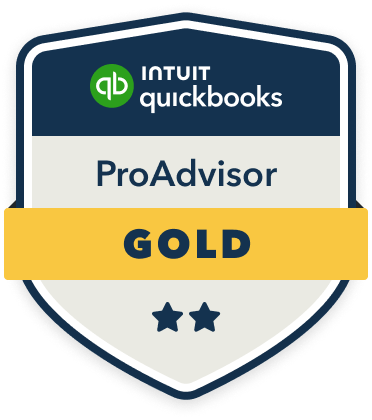To handle bookkeeping for multiple owners, I’ll set up separate equity accounts for each stakeholder in your accounting system to track capital contributions, distributions, and profit allocations. I recommend establishing clear documentation protocols for all financial transactions, maintaining detailed records of ownership percentages, and implementing automated profit-sharing calculations based on your operating agreement. Regular financial reviews and dedicated reporting systems will help prevent disputes and safeguard transparent operations. The key principles below will guide you through each essential component of multi-owner bookkeeping.
Setting Up Ownership Structure in Your Accounting System

Three key steps are required to properly set up your accounting system for multiple business owners. First, I recommend creating separate equity accounts for each owner to track individual capital contributions, distributions, and profit/loss allocations. Next, establish opening balances by recording initial investments and ownership percentages in your chart of accounts. Finally, configure automated profit-sharing calculations based on your operating agreement.
I’ll caution you to document each owner’s tax ID, legal name, and ownership specifications within your system. This foundation guarantees accurate financial reporting and prevents costly disputes over equity positions or profit distributions.
Tracking Capital Contributions and Investments
When multiple owners contribute capital to a business, precise documentation becomes essential for maintaining accurate equity records. I’ll show you how to track every dollar invested to safeguard your ownership interests and maintain control.
| Contribution Type | Documentation Required | Impact on Equity |
|---|---|---|
| Cash | Bank statements, receipts | Immediate increase |
| Property | Appraisals, transfer docs | Asset-based value |
| Services | Time logs, agreements | Sweat equity credit |
Record each contribution in your capital accounts ledger immediately. I recommend creating separate subaccounts for initial investments, additional capital calls, and retained earnings. This systematic approach guarantees transparent ownership tracking and prevents future disputes over equity stakes.
Managing Partner Draws and Distributions

Managing partner draws and distributions requires precise bookkeeping to track each owner’s withdrawals from the business. I’ll show you how to record these transactions in your accounting system while maintaining accurate records of both temporary draws and permanent distributions. You’ll learn methods for documenting these financial movements and understanding their tax implications, which differ greatly between draws and distributions.
Recording Partner Draw Entries
Partners who take money out of their business for personal use must have these withdrawals properly recorded as partner draws. I record these transactions by debiting the partner’s draw account and crediting cash. Each partner needs a separate capital account and draw account to track their individual activities.
When multiple partners take draws, I maintain detailed records of dates, amounts, and purposes. In my chart of accounts, I create distinct numbering sequences for each partner’s accounts. At year-end, I close draw accounts to the respective partner’s capital account, ensuring accurate profit-sharing calculations and tax reporting.
Distribution Tracking Methods
Beyond individual partner draw entries, a robust system for tracking overall distributions requires specific methodologies and tools. I recommend implementing a thorough distribution tracking framework that maintains accuracy and transparency across all owner accounts.
- Set up dedicated distribution tracking accounts in your chart of accounts, with distinct sub-accounts for each owner to monitor their specific withdrawals
- Create a distribution reconciliation spreadsheet that automatically calculates ownership percentages, YTD totals, and remaining allowable draws
- Implement real-time reporting dashboards that display current distribution status, historical trends, and comparative analysis between partners
This structured approach guarantees equitable treatment and prevents distribution disputes.
Tax Impact of Distributions
Anyone withdrawing funds from a business must understand the significant tax implications of distributions and partner draws. I’ll outline the key tax considerations for different entity types:
| Entity Type | Tax Treatment | Impact on Basis |
|---|---|---|
| LLC | Pass-through | Reduces basis |
| S-Corp | Tax-free up to basis | Triggers gain above basis |
| Partnership | Not subject to SE tax | Affects capital account |
| C-Corp | Taxed as dividends | Double taxation applies |
| LLP | Pass-through | Reduces partner’s basis |
You’ll need to track these distributions meticulously since they affect your personal tax liability and the business’s compliance requirements. I recommend maintaining detailed records of all withdrawals to guarantee accurate tax reporting.
Establishing Clear Communication Protocols
Effective communication between business owners forms the foundation of successful multi-owner bookkeeping operations. I recommend implementing a structured protocol that guarantees all financial decisions and records are transparent and accessible to every stakeholder.
- Set up weekly financial review meetings where I’ll present current cash flow, pending transactions, and reconciliation reports
- Create a secure digital dashboard where owners can access real-time financial data, approval requests, and expense tracking
- Establish a clear chain of command for financial approvals, with documented thresholds for expenditures requiring single versus multiple owner authorization
This systematic approach prevents conflicts and maintains operational efficiency.
Creating Accurate Financial Reports for Multiple Stakeholders

When managing businesses with multiple owners, precise financial reporting becomes a critical responsibility that requires careful attention to detail and customization. I recommend creating tailored reports that address each stakeholder’s specific interests while maintaining transparency across all ownership levels.
I structure my reports to highlight ownership percentages, capital contributions, and individual profit distributions. I guarantee these documents track both overall business performance and individual owner metrics. I’ll implement specialized software solutions that can generate stakeholder-specific views while maintaining a single source of truth for all financial data. This approach minimizes disputes and streamlines decision-making processes.
Best Practices for Multi-Owner Tax Documentation
When preparing tax documentation for multi-owner businesses, I’ll help you establish robust systems for tracking each owner’s capital contributions, draws, and profit allocations throughout the fiscal year. You’ll need to guarantee your partnership tax return (Form 1065) accurately reflects all business activities, ownership percentages, and special allocations between partners. I recommend creating a systematic approach for gathering and distributing Schedule K-1 forms to each owner, which report their share of income, deductions, and credits for personal tax filing.
Track Individual Owner Contributions
Precision in tracking owner contributions forms the foundation of accurate multi-owner business accounting. I recommend maintaining detailed records of each owner’s financial and non-financial inputs through dedicated equity accounts.
- Document all capital contributions, including cash, property, intellectual property, and equipment, with proper valuation documentation
- Record sweat equity arrangements through formal agreements that specify the monetary value of services provided
- Track loan contributions separately from equity investments, clearly stating interest rates and repayment terms
This meticulous documentation prevents future disputes and guarantees accurate profit distribution while maintaining compliance with partnership agreements and tax regulations.
Partnership Tax Return Essentials
Building on proper owner contribution tracking, the preparation of partnership tax returns demands rigorous attention to detail and specific documentation requirements. I’ll show you how to master Form 1065 and Schedule K-1 submissions, which are pivotal for reporting partnership income, deductions, and distributions.
You’ll need to accurately report each partner’s share of income, safeguard proper allocation of profits and losses, and maintain detailed records of special allocations. I recommend using dedicated partnership tax software to streamline compliance with IRS regulations. Don’t forget to document guaranteed payments, self-employment income, and any changes in ownership percentages throughout the tax year.
Distribute K-1 Forms Properly
Timely and accurate K-1 distribution represents a critical obligation for partnerships managing multiple owners’ tax documentation. I’ll help you guarantee your K-1 forms meet IRS requirements while maintaining precise records for each partner’s distributive share.
- Submit Schedule K-1 copies to the IRS with your Form 1065 by the March 15 deadline
- Provide each partner their individual K-1 form showing their exact share of income, deductions, and credits
- Maintain detailed documentation of K-1 distribution dates, certified mail receipts, and partner acknowledgments
Don’t risk penalties or partner disputes. I recommend implementing a systematic K-1 distribution workflow with built-in verification steps to assure compliance.









